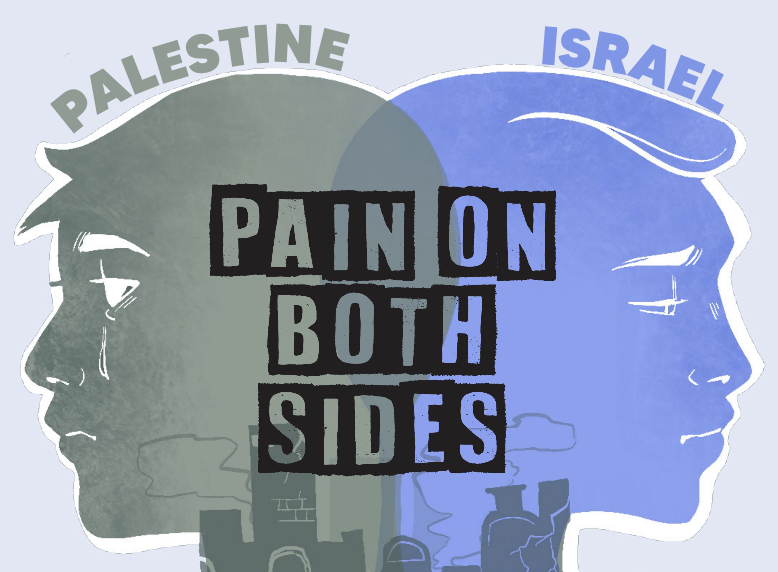
Editor’s note: This story won honorable mention for print personal opinion columns in the ILPC contest.
December, 2019. I’m taking the freshman reading STAAR test in the gym. There’s a rug laid out on the floor along with hundreds of chairs, all in rows. The lighting is dark and the air smells of chemicals. The distant hum of the lights above is subtly audible. I power down my phone and put it in my backpack, which we all put in a pile at the side of the room. I find the desk with my name on it and sit down.
As I wait, I think: “Why do people not like this test? I’ve done well on them so far, so why should this time be any different?”
After some instruction from the testing adviser, an administrator walks up to my row and sets a large packet on my desk.
Hour one: Okay, the questions don’t make a lot of sense and I ran out of water 20 minutes ago, but I still have hope of passing. Although, I’ve developed this nagging feeling that something about this isn’t right. Like this test was intentionally designed to trick me into selecting the wrong answer. I’m getting a slight headache.
Hour two: There’s almost no hope of passing this. Every answer means the same thing. I just read a question that had 100 words, the majority of which were there as a distraction. That nagging feeling is stronger than ever, and I can’t focus on this 52-page packet.
Hour three: Who designed this test? The reading passages feel endless, and this repetitive testing formula feels like a broken record. And the worst part is, people in the room are starting to finish, which leaves me with anxiety that I’ll be the last person to keep everyone waiting.
Hour four: I’m finally done with that long test, but the ending is just as impossible to deal with. The teachers took up our belongings when we entered the room, so all I can do is stare at the wall in front of me. Some teachers allow us to read, but having anything unauthorized at your desk isn’t tolerated. I try to sleep, but the desks are impossible to relax in. Something about this feels dehumanizing.
The testing style is a walk in the park for some people who have mastered these types of questions, but a jarring experience for the rest of us. The tricky questions are meant to challenge a student’s ability to pick up on when an answer is false. But just because a student has trouble picking that up doesn’t mean they’re a failure. It means they think differently. Every student learns differently, and this test doesn’t have room for individual thinking.
The test results are formatted in a way that shows how well students will be prepared for the next grade. It measures reading level, percentile among other students in the state, and comprehension of the test material. This sounds like a nice idea in theory; it gives students pointers on what areas they need to improve in to prepare for the upcoming year. But how can a test accurately measure a student’s preparedness when it was intentionally designed to try to trick them?
Rather than expect students to fall into a specific category, the test should be based on career choice. The questions could be based on what the students are interested in, their personality and work ethic. Then, the test results could guide them in choosing a career. Nobody has everything immediately figured out after graduation, and it can leave people feeling confused. When choosing something as delicate as what students will spend their lives doing, it’s vital to have as much help as possible. And if those changes were to be made, I can say for sure that the STAAR test could truly become a star test.












